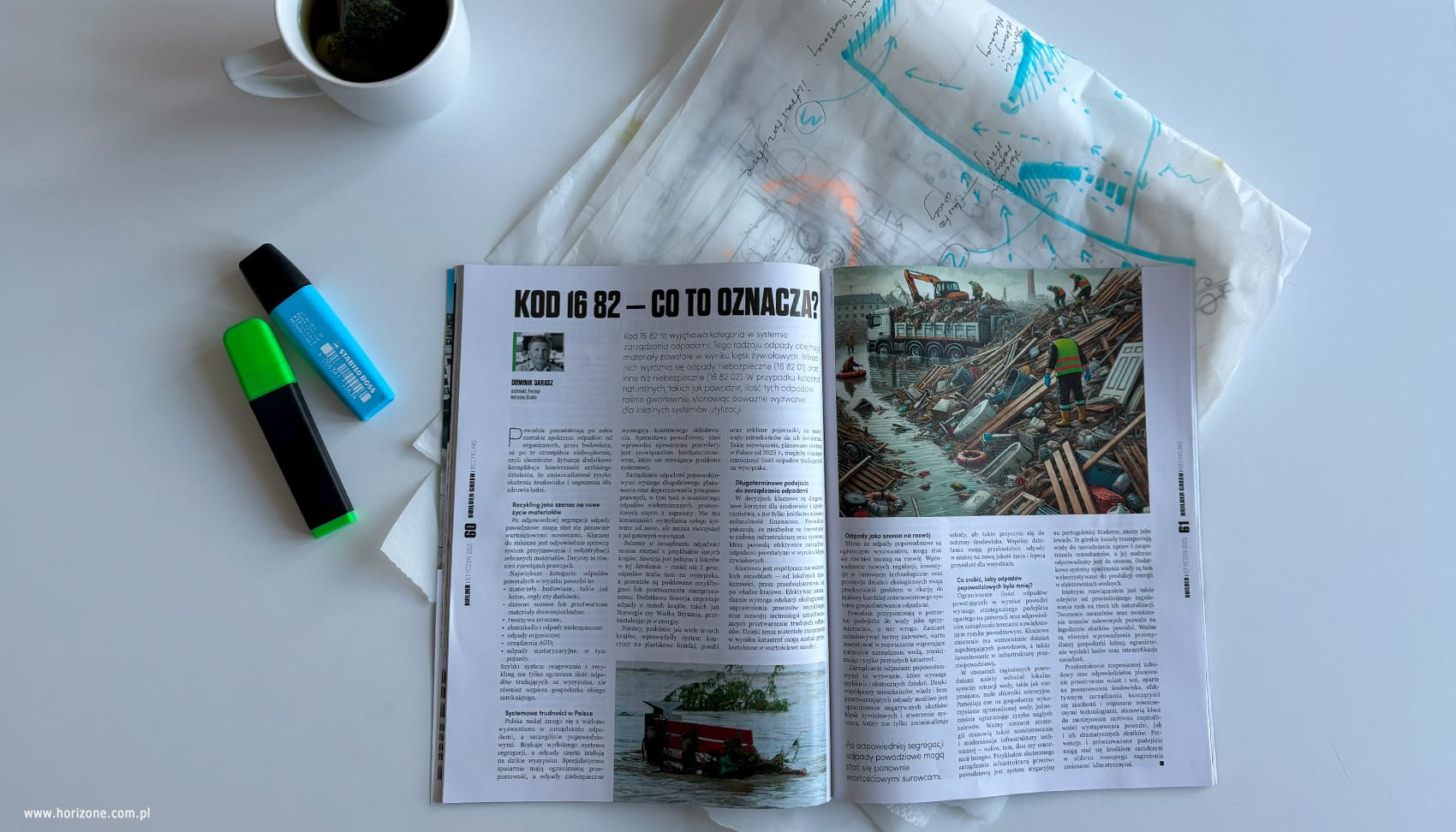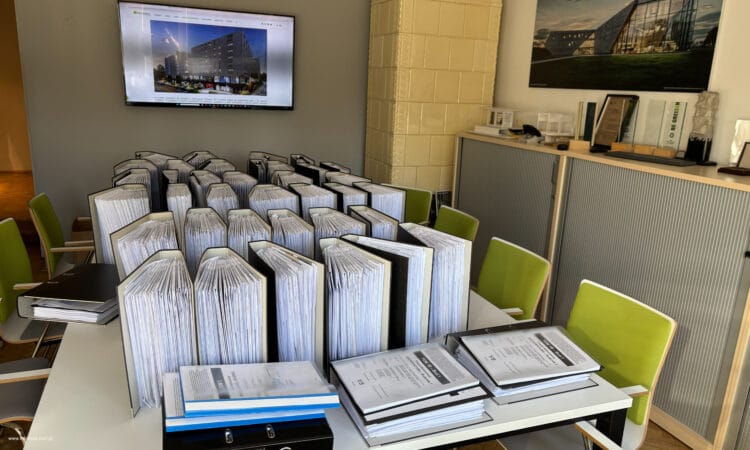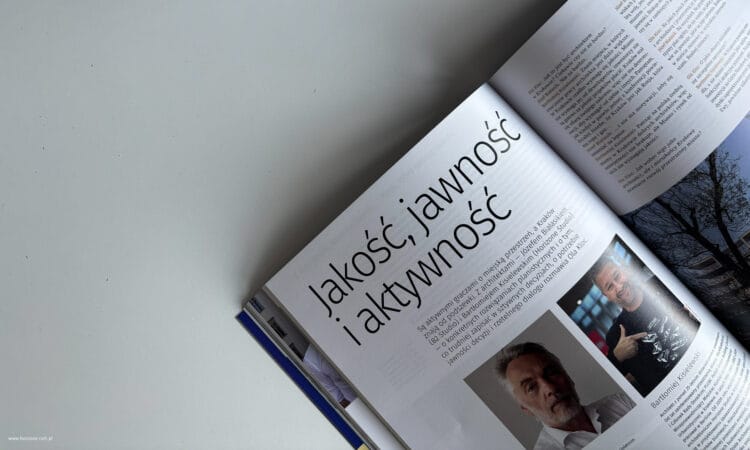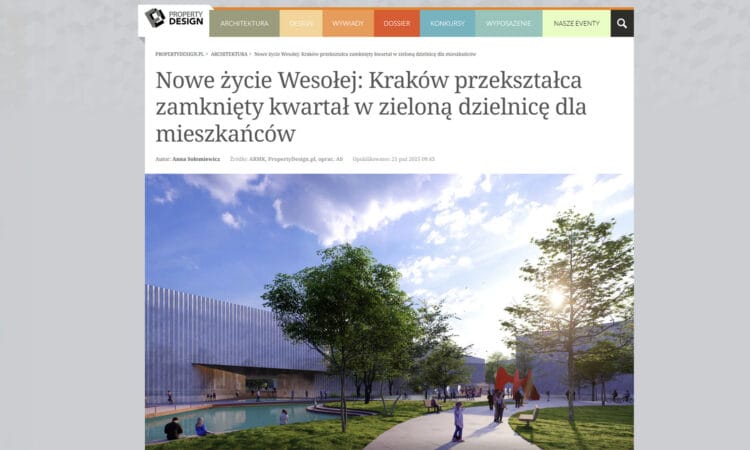Code 16 82 – what does it mean?
Code 16 82 is a unique category in the waste management system. This type of waste includes materials resulting from natural disasters. Among them, hazardous waste (16 82 01) and non-hazardous waste (16 82 02) are distinguished. In the case of natural disasters, such as floods, the amount of this waste increases rapidly, posing a serious challenge to local disposal systems.
Floods leave behind a wide range of waste: from organic, through construction, and the particularly dangerous – chemical. The situation is further complicated by the need to act quickly to minimize the risk of environmental contamination and threats to human health.
Recycling as a chance for new life for materials
After proper segregation, flood waste can once again become valuable raw materials. The key to success is an appropriately efficient system for receiving and redistributing collected materials. This also applies to legal solutions.
The largest categories of waste generated as a result of flooding are:
- Construction materials such as: Concrete, bricks or roof tiles
- Raw or processed wood and wood-based products
- Plastics
- Chemicals and hazardous waste
- Organic waste
- Household appliances
- Automotive waste, including vehicles
A quick response system and recycling not only reduces the amount of waste going to landfills, but also supports the closed-loop economy.
Systemic difficulties in Poland
Poland continues to struggle with many challenges in waste management, especially post-flood. There is no efficient waste segregation system, and waste often ends up in illegal landfills. Specialist incinerators have limited capacity, and hazardous waste requires expensive storage. The special flood act, although it introduces simplified procedures, is a short-term solution that does not solve the problem systematically.
Flood waste management requires long-term planning and clarification of legal regulations, including those on monitoring hazardous waste often transported from abroad. There is no need to reinvent the entire system, but you can use ready-made solutions.
Successes in waste management can be drawn from the examples of other countries. Sweden is one of the leaders in this field – less than 1% of waste ends up in landfills there, and the rest is recycled or processed for energy. Additionally, Sweden imports waste from other countries, such as Norway and Great Britain, transforming it into energy. Germany, like many other countries, has introduced a deposit system for plastic bottles, cans and glass containers, which motivates residents to return them. Such a solution, also planned in Poland from 2025, could significantly reduce the amount of waste going to landfills.
Long-term approach to waste management
Decisions are based on long-term benefits for the environment and society, not just short-term financial profitability. Floods show that investments in green infrastructure and systems are necessary to effectively manage waste resulting from natural disasters.
Cooperation at all levels is crucial – from local communities, through businesses, to national authorities. Effective management requires environmental education, improved recycling processes and the development of technologies that enable the processing of difficult waste. Thanks to this, materials destroyed by disasters can be transformed into valuable resources.
Waste as an opportunity for development
Although flood waste is a huge challenge, it can also become an opportunity for development. The introduction of new regulations, investments in technological innovations and the promotion of ecological activities can turn the problem into an opportunity to build a more sustainable waste management system.
Floods remind us of the need to approach water as an ally, not an enemy. Instead of building on floodplains, it is worth investing in solutions that support natural water management, reducing the risk of future disasters.
Flood waste management is a challenge that requires quick and effective action. Thanks to the cooperation of residents, authorities and waste processing companies, it is possible to reduce the negative effects of natural disasters and create a system that will not only minimize damage, but also contribute to environmental protection. Joint actions can transform waste into an opportunity for a new quality of life and a better future for everyone.
What can be done to reduce flood waste?
Reducing the amount of waste generated as a result of floods requires a strategic approach based on prevention and appropriate management of areas with increased flood risk. Strengthening flood prevention measures and investing in flood protection infrastructure is of key importance.
In areas at risk of flooding, local water retention systems should be implemented, such as dispersed, small retention reservoirs. They allow for the economic use of collected water, while reducing the risk of sudden floods. An important element of the strategy is also the monitoring and modernization of technical infrastructure – embankments, dams, locks or bank reinforcements. An example of effective flood infrastructure management is the irrigation system in Madeira, Portugal, known as levadas. These mountain channels transport water to irrigate crops and supply residents, and its excess is discharged into the ocean. Additionally, water damming systems are used there to produce energy in hydroelectric power plants.
Another important solution is to move away from the straight-line regulation of rivers towards their naturalization. Creating meanders and increasing floodplains allows for mitigating the effects of floods. It is also important to introduce thoughtful forest management, limiting deforestation and intensifying planting.
Transforming scattered development and responsible spatial planning of cities and villages, based on respect for the environment, effective management of dwindling resources and supported by modern technologies, are key to reducing both the frequency of floods and their dramatic effects. Prevention and a sustainable approach can become a remedy in the face of the growing threat of climate change.






